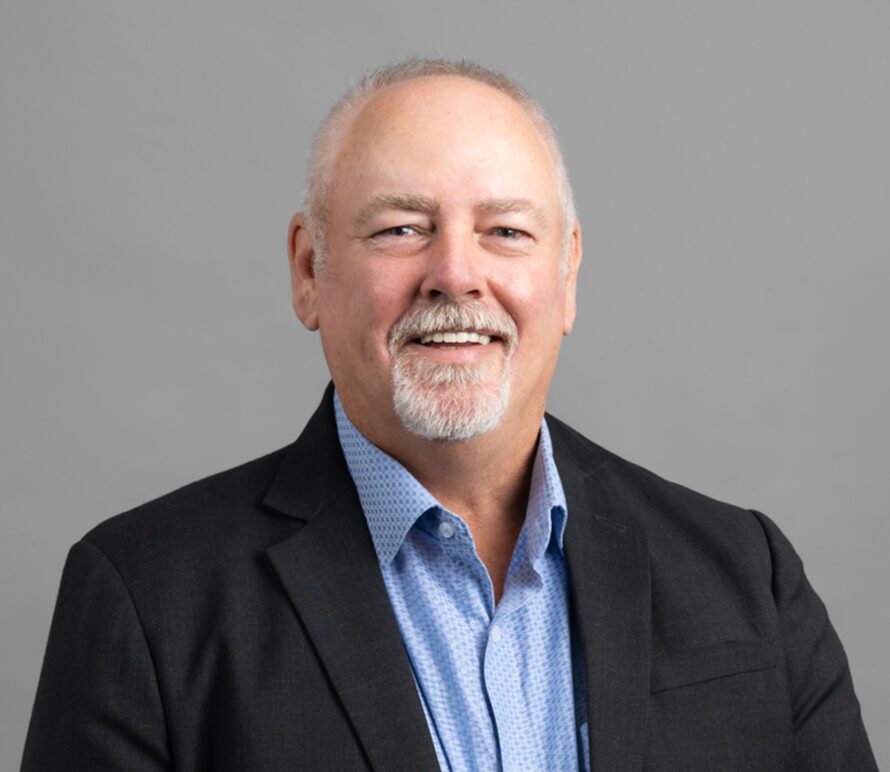AAMC has partnered with Insurance News for a webinar on new challenges in the insurance industry and technology’s part in motor insurance claims.
The webinar, ‘Revving Up for Change: Technology Challenges in Motor Insurance Claims’ was hosted on the 16th of November, 2023.
Hosted by Terry McMullan, the webinar hears from industry experts: Luke Hill, David McDonald, and Tim Considine.
The webinar covers these issues and ideas:
- Vehicle evolution and accident repairs.
- Vehicles are becoming more sophisticated
- The materials used in construction are more complex
- How is managing motor claims changing as a result of vehicle complexity
- The cost drivers for insurance companies
- Inflation on repair costs
- Capacity and skilled resources
- Longer turnaround times
- Extended claim timeframes mean more claims on the books at once
- Specialists sector repairers are becoming essential
- AI’s evolving role in the insurance claims
- How to enable technology to work for you
Vehicles are evolving & so are their repairs.
This isn’t necessarily new — we’ve known for a while now that newer car designs come with more complexities and, thus, more complex repairs.
Luke Hill expanded on this idea, explaining the complexities of these new features
Using a typical front-end crash as an example, Hill says the amount of replacement parts required has basically doubled in the last decade or so.
An entry-level family car — like a Kia, Toyota or Hyundai is more sophisticated with more advanced features than a prestige vehicle from only a few five years ago.
Hill used the advanced driver assistance systems as an example. These require cameras, multiple sensors, and up to nine airbags. In some cases, pre-repair scans and post-repair calibration costs can come up, too.
The materials are more complex, too.
Then there are the materials used in a vehicle’ construction. These are more sophisticated and complex, too. With different blends of steel types — like high-strength steel, advanced high-strength steel, and aluminium, these materials have been introduced to strengthen the vehicle body whilst reducing weight.
Whether or not the parts can be repaired or replaced depends on the severity of the damage. This creates its own complexity in terms of coordinating repairs and the costs involved.
What does this mean for the insurance industry?
There are absolutely no signs of technological advancements abating within new motor vehicle design and manufacture. There’s a real urgency for insurance companies to keep pace in this environment.
Major insurers with their own dedicated motor accident management capabilities are going to be in a better position when it comes to evolving with this new technology as they have the resources to dedicate to the task.
It will be important for smaller insurers and underwriting agencies to find ways to leverage other organisations. Partnerships are absolutely paramount.
It’s where companies like AAMC come in to provide knowledge and expertise and support them.
What are the cost drivers for insurers?
We’re in a period of change, and there are significant cost drivers for insurers.
Reinsurance is becoming more expensive
There’s an increase in weather events and their ferocity, and this is putting pressure on reinsurance costs, according to David McDonald.
These reinsurance costs are a concern across the industry and, for some companies, are costing 20% to 50% more than they previously were.
There is significant pressure on repair costs — as much as 10% to 15%
We touched on this before, but the advancements in vehicle technology have created more complexity in the repairs of these vehicles. With that complexity comes higher repair costs and increased cost of claims.
Most insurers are seeing inflation on their costs of up to 10% to 15%. David McDonald says that if you’re doing better than that in this environment, then you’re doing really well.
Capacity is lower & turnaround times are higher
As well as the claim cost inflating, capacity is an issue. More complexity in these repairs means that repair cycle times have gone up 30% to 40%. The average claim life cycle time is sitting at around 60 days.
Claims are taking longer, communication is taking longer, and there are more claims being handled at once.
Tim Considine says that additional pressure on repair cycle times means that claims are active for longer. This means more pressure on our communications and customer service teams, and it means that more claims are active at once.
Technology is going to play a really big role in easing this pain point for insurers. Balance is necessary, though. Claimants still want to speak with a human and receive that support and advice.
But now, insurers need to become open to understanding how AI and technology can streamline these operations.
Specialisation is becoming more and more important
Modern vehicle designs are calling for specialisation in accident repair capability. It’s important for repairers to know what they’re specialists at — in vehicle brands or types (such as EV) and of damage severity and move away from generalisation.
Importantly, insurers need to identify repairers who are investing in skills, equipment and capability for specialising in certain sectors. In this market of ever increasing repair costs, it’s vital that insurers know who to send these repairs to so they can ensure they get it right the first time.
It’s these partnerships and intelligent decisions that will allow insurers to keep costs down and remain agile as vehicle technology and their repairs continue to evolve.
What’s AI’s role here?
Artificial Intelligence (AI) is nothing new for the insurance industry. We’ve been seeing strides in the automation of processes and how we handle claims for years now.
So much of the claims process is done through human thinking, and humans are such a key element in how we determine the right repair and right path forward for the vehicle. AI is definitely going to play a role in streamlining how we make these decisions and how we triage claims, though.
David McDonald shared his thoughts on this. He said that process automation is well embedded and is already allowing insurers to create those cost savings. McDonald touched on predictive analysis, as well, talking about the advancements in the analysis of damage types, fraudulent claims, and losses.
“It might be better to be a fast follower,” said McDonald on adopting AI into your business functions.
“To pick up on the mistakes that have already been made, and pick up things that you can use in the future.”
McDonald says claim handlers are still going to be crucial in these processes. Technology can’t solve everything, but it can absolutely assist our humans.
Insurance companies can really benefit from learning how to enable their technology
The key point that the webinar culminated in was that our people need to enable technology now — not our technology enabling our humans.
It’s important for insurance companies to pay close attention to the technology available and harness it to help our frontline claim staff.
The key part of this process is going to be that human thinking piece, says Tim Considine. Insurers need someone to really look at the claims journey and work out what needs to happen. They need to identify the stakeholders, the steps, and how it all comes together.
“I think that’s the way to solve the problems,” said Considine. “Through your network, your partners, your suppliers, and really get that piece right.”


